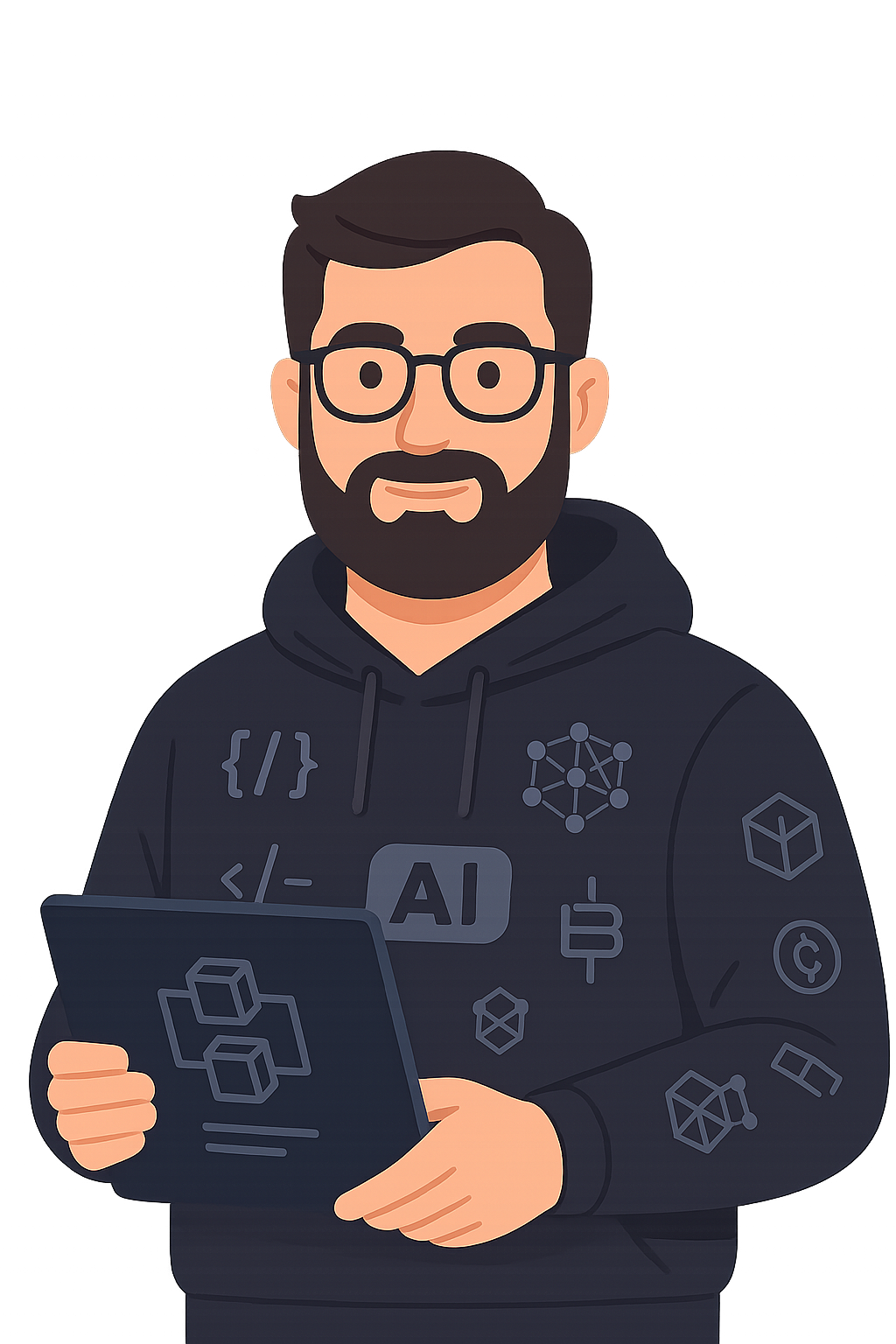Junior to Mid in the Age of AI: How to Stay Relevant When Machines Can Code

Worried about AI taking your developer job? Learn how junior software engineers can survive, adapt, and thrive using AI tools. Build real skills and move to mid-level faster.
🤖 Junior to Mid in the Age of AI
How to Stay Relevant When Machines Can Code
AI is generating production-quality code. Junior developer roles are shrinking. Bootcamp graduates are worried. If you’ve ever thought,
“Will AI replace me before I even grow into my role?”
you’re not alone.
The good news? You can’t be replaced if you evolve.
The best junior engineers today aren’t resisting AI—they’re learning how to ride the wave and use AI as a growth accelerator.
Here’s how to do it.
🔥 Why Juniors Feel Threatened by AI
- AI can autocomplete functions in seconds.
- Some companies are replacing low-skill contract roles with AI-assisted devs.
- Tutorials and Stack Overflow are now available instantly via GPT.
It’s easy to feel like your value is eroding. But…
💡 What AI Can’t Replace (Yet)
| Human Skill | Why It Matters |
|---|---|
| Product intuition | Knowing why a feature matters and how users think |
| System design | Piecing together APIs, DBs, and logic in context |
| Communication & clarity | Talking to PMs, designers, other engineers |
| Curiosity & initiative | Exploring new tools, pushing edge cases |
| Real collaboration | Negotiating tradeoffs, owning production issues |
AI doesn’t compete with these — it complements them. Use AI to automate the grunt work, so you can focus on growing in these human dimensions.
🚀 From Junior to Mid: The AI-Accelerated Growth Plan
1. Use AI to Build, Not Just Learn
Don’t just ask ChatGPT for help — use it to:
- Scaffold full-stack apps
- Debug async issues in real projects
- Generate tests and edge cases
💡 Challenge yourself to build one real thing per week using AI as a teammate.
2. Start Thinking Like a Reviewer
Use AI to:
- Review your code (ask for feedback!)
- Generate better naming suggestions
- Spot edge cases before your lead does
Prompt Example:
“Review this component like a senior engineer and suggest naming or structural improvements.”
3. Learn Prompting Like a Tool
Master prompts that help you:
- Refactor code more cleanly
- Rewrite legacy code in modern frameworks
- Generate docs and architecture summaries
This is your new IDE superpower.
4. Document Everything You Build
Even if it’s small, post it:
- On GitHub (with a ReadMe)
- On LinkedIn (“Here’s how I built a form validator using GPT-4”)
- In your blog (even better if you use Ghost 😉)
This builds visibility and proves you’re evolving with the times.
5. Get Curious About the Tech Behind the Tools
You don’t need to be an ML engineer, but understanding:
- How transformers work (at a high level)
- What an embedding is
- Why AI hallucinates
...will help you debug AI issues and collaborate better with AI-first teams.
🎯 Final Thoughts: Be the Kind of Engineer AI Makes Faster, Not Obsolete
Don’t think of AI as your competition. Think of it as:
- Your pair programmer
- Your teaching assistant
- Your speed boost
The real threat isn’t AI. It’s staying passive.
The real opportunity is to grow into a mid-level engineer 2x faster, by mastering tools the industry is already betting on.
📩 Want a Growth Tracker?
Subscribe now to get our free resource:
📄 “The AI-Powered Career Ladder: From Junior to Mid in 60 Days”
